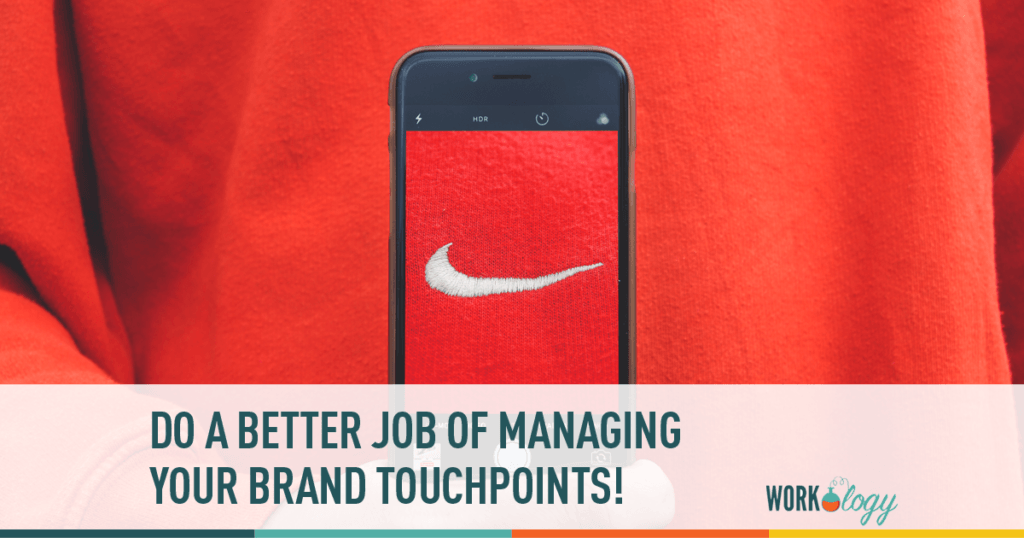Executives: Talk to your employees!
There is a really good article in Fortune reminding executives they be doing a much better job of communicating with employees who don’t work at a desk.
If your business depends on an army of delivery drivers, cooks, and waitpersons, retail sales staffers, field technicians, or other employees who move around all day, here’s something that may surprise you: Most of them wish you would talk to them more.
So says a new survey of “non-desk” workers at U.S. companies with more than 1,000 employees. An 84% majority said they don’t get enough information from top management, while 75% said their employers aren’t telling them enough about changes in policies and goals. Almost the same number (74%) said “consistent” messages from senior management, although few and far between, are important to them.
Two clues as to why these workers feel left in the dark: 83% are not on their companies’ email systems — although more than one-third (38%) say they would like to be — so they’re not getting the memo that way; and 73% say they rely instead on their immediate supervisors to keep them informed.
Touchpoints define your brand
What is a touchpoint? A touchpoint is occurs each and every time your brand comes into contact with a customer, an employee, or a vendor. Can you afford not to manage these touchpoints properly?
When combined, these interactions form the aggregate impressions of your business referred to by most as your brand. Companies with great brands work diligently at managing these touchpoints and use them create a significant brand advantage with their customers, and even their employees. Brands known for doing this exceptionally well include Southwest Airlines, Starbucks, Kraft, and PepsiCo.
Research shows that the typical brand can experience anywhere from 30-100 daily touchpoints. Examples of touchpoints in the retail business, or in the restaurant industry would include things such as advertising, store location and design, customer service, and item availability, amongst many others. You can see the full spectrum in the graph below which depicts the Brand Touchpoint Wheel. The concept of the brand touchpoint wheel was developed in 2002 by Scott Davis and Michael Dunn.
 |
Image source: Integrated MarComm
Touchpoints in Human Resources
Even though the names of the functional interactions inside human resources may be different, the concepts of the Brand Touchpoint Wheel can easily be applied to the candidate/employee experience . It is not difficult to think of an HR model for touchpoints like the one above, consisiting consist of three slices, just like the model above:
Pre-employment experience
On-boarding experience
Post hire experience
The surrounding factors are similar as well:
recruiter contacts
website
recruting ads
interview experience
interview follow-up and response
offer
compensation and benefit package
training
Of course, there would be more, but you get the idea. Companies that practice great HR are already doing this kind of thing, even if the model is not defined in this manner. By carefully managing and prioritizing key touchpoints, companies like those previously cited such as Southwest Airlines, Starbucks, Kraft, and PepsiCo create the same kind of employment / employee brand that they enjoy with consumers and customers. If your company is looking for a way to gain competitive advantage in human resources, consider doing an analysis of your HR touchpoints, and start to manage those that are key with strategic care. It will be noticed!
Here is the secret sauce
If you want to fully maximize your efforts, make sure you add the human touch. There is always discussion at HR events about the alarming lack of human contact that takes place as part of the recruiting process. Many companies fail to manage simple yet key touchpoints like acknowledging receipt of a resume, or providing feedback about when a position is filled. Some utilize auto-responders in their ATS to help with this, but the really good companies reach out in person. This helps to build goodwill with candidates, and differentiates you from many competitors.
To quote David Armano, writing about the changing nature of the Web, “what we’re really craving is more humanity itself”. The same thing holds true in the changing world of human resources.
Image source: Critical Mass
Formula Recap
1. Analyze your HR touchpoints using the model above
2. Focus on those you deem will yield the most value
3. Manage them diligently
4. Remember the human touch
Acknowledged by many, accomplished by few. Go do it , and make your business better!









